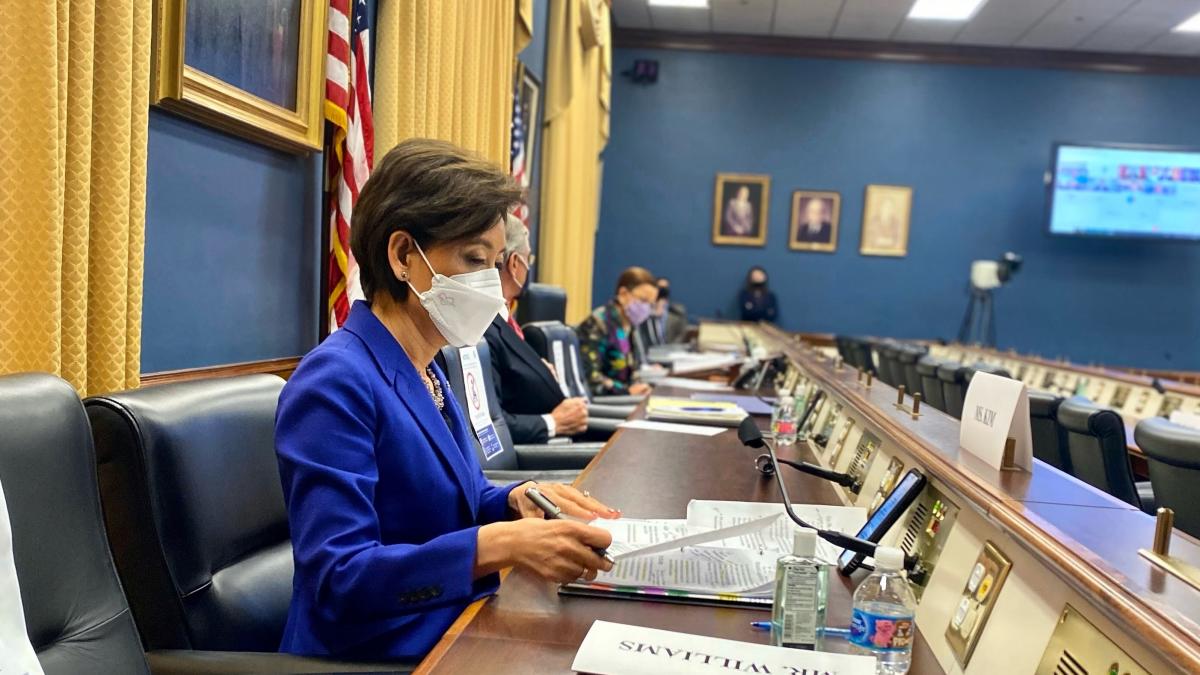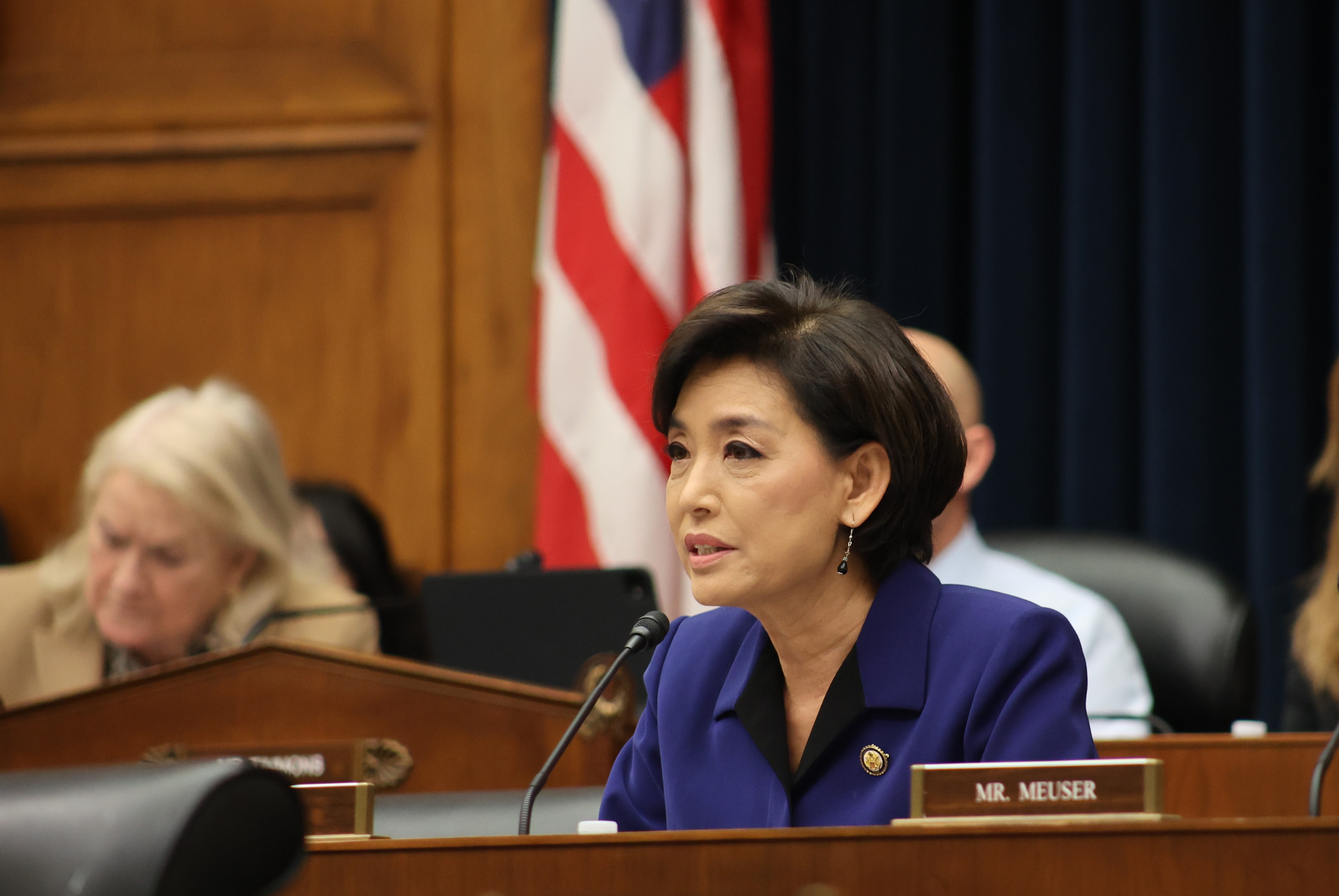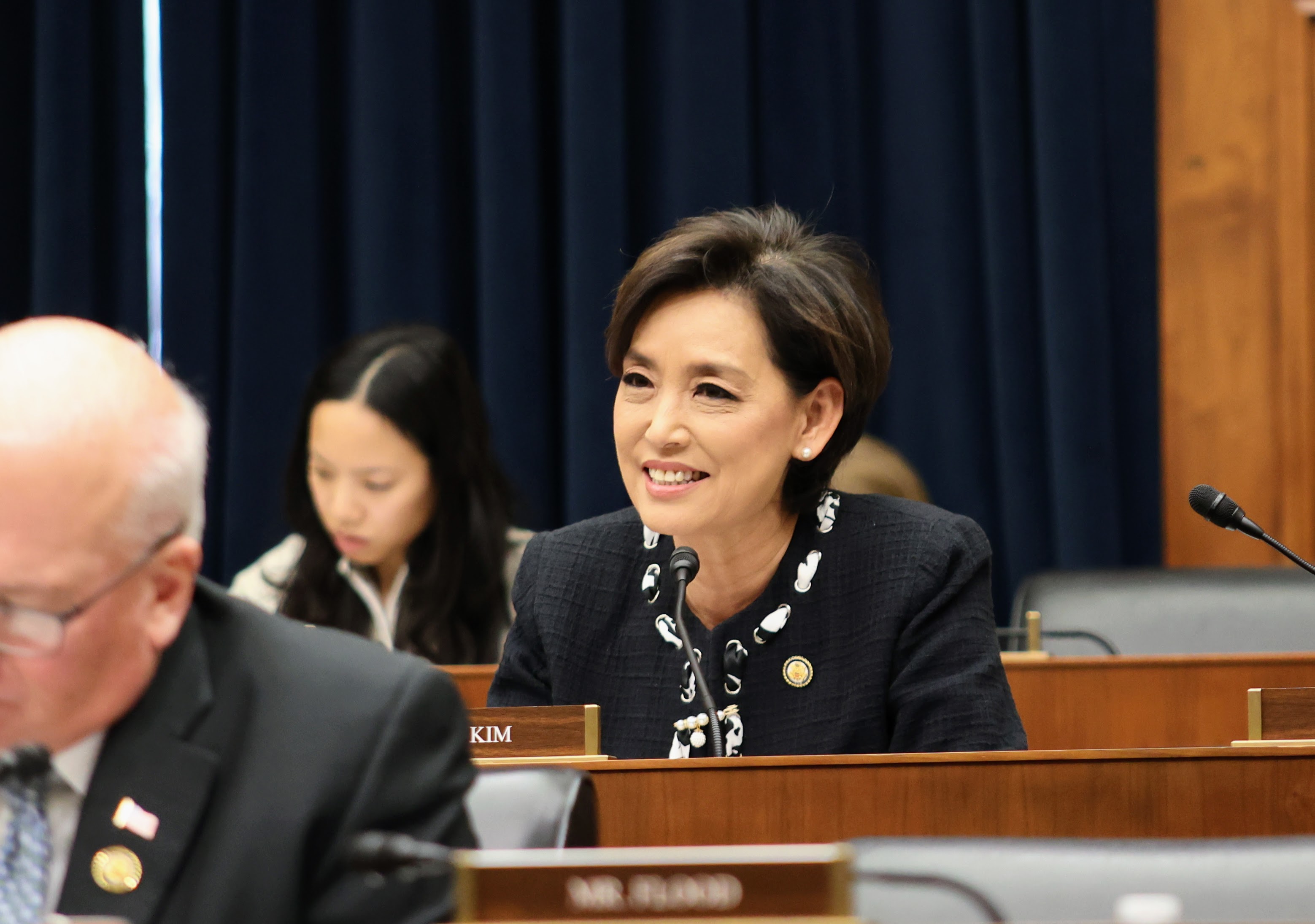Washington, DC – U.S. Representative Young Kim (CA-39) and Rep. Grace Napolitano (CA-32) led bipartisan members of California’s Congressional Delegation in sending a letter to Secretary of Transportation Pete Buttigieg urging approval of $30 million in grant funding to support the State Route 57/60 Confluence Chokepoint Relief Program (57/60 Project).
The two-mile stretch of California State Routes 57 and 60 merges together outside of Los Angeles, Orange, San Bernardino and Riverside Counties. It is the third-worst congested freeway segment in California and sixth-worst in the U.S.
Read the full letter HERE and highlights below:
“We write in strong support of the Los Angeles County Metropolitan Transportation Authority’s (LA Metro) application for $30 million in grant funding from the United States Department of Transportation’s (USDOT) Infrastructure for Rebuilding America (INFRA) program to support the State Route 57/60 Confluence Chokepoint Relief Program (57/60 Project). This funding request represents just 11% of the future eligible construction phase costs of the Project ($273.9 million). Given state and local funding commitments of over $242 million, an INFRA grant award would be significantly leveraged.
“Growth in global trade and local socio-economic changes have caused California State Routes (SR) 57 and 60 to become two of the most heavily traveled freight highway corridors in the country. In the eastern San Gabriel Valley – near the convergence of Los Angeles, Orange, San Bernardino and Riverside counties – these two major highways merge for approximately 2.5-miles and form a dangerous confluence chokepoint consistently ranked by the American Transportation Research Institute as the worst truck bottleneck in California and one of the worst truck bottlenecks in the U.S.
“The requested INFRA grant funding of $30 million would specifically support the construction of an additional SR 57 travel lane in the northbound direction, new eastbound SR 60 on-ramps, a new eastbound SR 60 bypass off-ramp to Grand Avenue, and the reconstruction of the Grand Avenue overcrossing with a new wider bridge over SR 60. Design of the Project is nearly complete and right-of-way acquisition is underway.
“These critical infrastructure improvements will improve the movement of goods and people through the Confluence, which serves as a vital freight highway connection linking Southern California ports, intermodal yards, warehousing complexes and manufacturing facilities that drive the regional, state and national economy and support export-dependent industries throughout the Western United States.
“Traffic congestion in the SR 57/60 Confluence area not only reduces the economic competitiveness of the nation’s most valuable trade gateway, but it also has adverse local impacts. The chokepoint creates regional traffic spillover into the surrounding cities, causing reduced mobility, accessibility to quality regional transit and barriers to employment for residents from nearby disadvantaged communities seeking freight and logistics-related jobs concentrated in this part of Southern California. The reduced congestion will also benefit local transit agencies that operate in and around the Confluence and are transitioning to zero-emission fleets.
“The 57/60 Project will greatly enhance safety and help combat climate change in Southern California. By reducing delays associated with recurrent bottleneck congestion and frequent accidents, the Project will improve the flow of goods and people while simultaneously reducing air quality impacts associated with local truck-related emissions and greenhouse gases (GHG). These outcomes will support the South Coast Air Basin’s efforts to achieve air quality goals for a federal non-attainment region striving to improve public health and combat climate change through strategic investment.
“The large commitment of local and state funds for the Project demonstrates the priority given to this project of national and regional significance. This importance has only been heightened as Southern California seeks to recover economically from the COVID-19 crisis, which has demonstrated clearly the vital role that goods movement plays in distributing vaccines, bringing food to markets, supplying hospitals with life-saving medicine and personal protective equipment and helping keep businesses stocked with products to sell. With nearly one in every three jobs in Southern California derived from the movement of goods through the region, fixing this chokepoint will support the region’s need for greater efficiency that serve the needs of the national and local economy.
“The 57/60 Project meets and exceeds all merit criteria for the INFRA grant program and will allow the Project to start construction two years sooner – a substantial improvement in project delivery time. This expedited project delivery will provide faster benefits to the National Freight Highway System, with millions in taxpayer funds saved as a result.”




